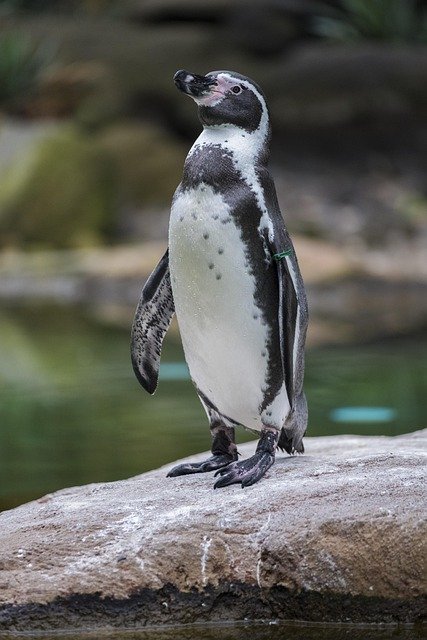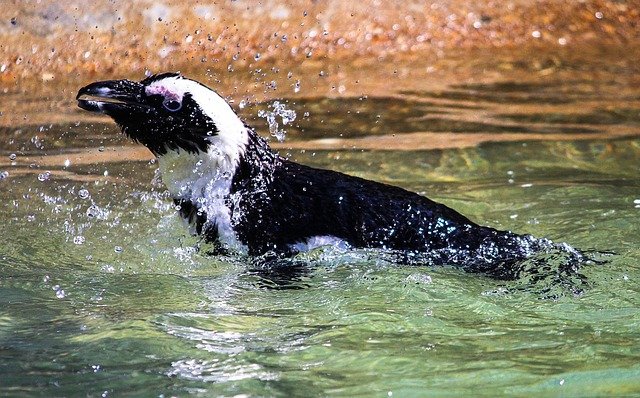**Title: "The Social Lives of Penguins: Understanding Their Unique Communication and Social Structures"** In

The Social Lives of Penguins: Understanding Their Unique Communication and Social Structures
Penguins, often seen waddling across icy landscapes or gracefully diving into frigid waters, are fascinating creatures with complex social lives. These flightless birds, primarily found in the Southern Hemisphere, exhibit a range of behaviors that highlight their unique communication methods and social structures. In this post, we’ll explore how penguins interact with one another, form bonds, and establish social hierarchies.
Communication: The Language of Penguins
Penguins are known for their distinctive vocalizations, which play a crucial role in their social interactions. Each species has its own set of calls and sounds, which serve various purposes:
Mating Calls: During the breeding season, male penguins use specific calls to attract females. These calls can convey information about the male's health and genetic fitness.
Chick Communication: Parent penguins and their chicks develop a unique vocal bond. Chicks can recognize their parents' calls amidst a cacophony of sounds in the colony, which is vital for survival.
Alarm Calls: Penguins use specific calls to alert others of potential predators, helping to maintain the safety of the group.
Social Structures: Hierarchies and Group Dynamics
Penguins are social animals that thrive in colonies, sometimes numbering in the thousands. Their social structures are intricate and can vary between species. Here are some key aspects of their social lives:
1. Colonial Living
Most penguin species are colonial, which means they live in large groups. This social structure provides several advantages, including:
Protection from Predators: Living in numbers helps deter predators, as there are more eyes to spot danger.
Efficient Foraging: Penguins often forage in groups, which can increase their success in finding food.
2. Pair Bonding
Many penguin species are monogamous during the breeding season, forming strong pair bonds. These bonds are essential for:
Cooperative Parenting: Both parents share responsibilities in incubating eggs and feeding chicks, ensuring higher survival rates.
Social Support: Strong pair bonds can enhance social stability within the colony, as pairs often remain close to each other.
3. Hierarchy and Dominance
Within penguin colonies, social hierarchies can emerge. Dominance can be established through various behaviors, such as:
Aggressive Displays: Some penguins engage in displays of aggression to assert dominance over others, particularly during the breeding season.
Resource Access: Dominant individuals may have better access to resources, such as prime nesting sites or food.
Conclusion
The social lives of penguins are rich and complex, driven by their need for communication and cooperation. Understanding these dynamics not only enhances our appreciation for these remarkable birds but also underscores the importance of conserving their habitats. As climate change and human activities continue to threaten penguin populations, recognizing their social structures and communication methods is crucial for effective conservation strategies.
Next time you see a group of penguins, take a moment to appreciate the intricate social lives they lead beneath the surface of their icy homes!

Upvoted! Thank you for supporting witness @jswit.